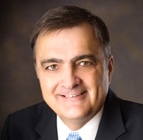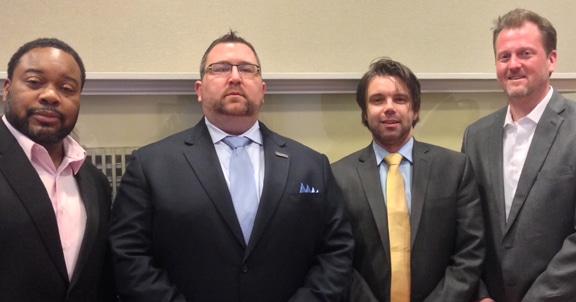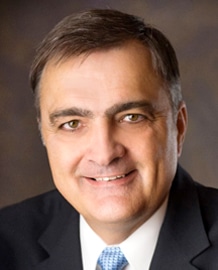
By John Risch,
National Legislative Director –
What do we want? What do you want?
What does your union want? What does labor want? The most common question I get when working Capitol Hill here in Washington, D.C., is – “What’s the ask?” – meaning, what is it you’re going to ask the representative or senator for?
I was pondering this question recently when I was asked to give a presentation to a group called OneRail to outline our union’s legislative goals for this session of Congress. I came up with the simple answer, “We want to work.”
When I’m asked by senators and representatives alike, that’s my answer. “We want to work.” We don’t want to go on the dole. We don’t want unemployment benefits or job retraining.
In sharp contrast to the sea of corporate D.C. lobbyists, we don’t want any special tax breaks or special treatment … we just want to work.”
We want to operate freight and passenger trains, drive buses and fly airplanes and we deserve fair pay for doing so.
Plus, we expect and demand on many levels that our workplaces are safe, so that at the end of our shift, run or flight, we can go home to our families in one piece.
A big part of what we do in our Legislative Department is work to keep the jobs our members have, encourage the creation of more jobs for our members and work to ensure that our workplaces are safe.
Here are examples of our efforts:
•We work to make sure Amtrak and our nation’s other passenger rail operations receive adequate investments.
•We work to see that our nation’s transit agencies receive their fair share of revenue from the highway trust fund, and
•We support the essential air service program, which ensures that even people in small towns across America have some access to air service.
We are involved in saving jobs too, particularly on the coal side of the railroad industry. At least 20 percent of our freight rail members’ jobs rely on the shipment of coal. To that end, we have actively lobbied Congress and worked with the Environmental Protection Agency and the Department of Energy to keep coal a part of America’s energy mix. On the West Coast, we are working with allies to open three new ports for coal exports from the Powder River Basin. Thanks go to Herb Krohn, the Transportation Division’s Washington State Legislative Director, for taking the lead on this effort.
But when you sum it all up and ask – “What do we want?” – the answer remains, “We want to work.”
I’ll leave you with the finest reply ever given on what labor wants. Samuel Gompers, the first president of the American Federation of Labor (the AFL of the now AFL-CIO), eloquently said:
“What does labor want? We want more schoolhouses and less jails; more books and less arsenals; more learning and less vice; more leisure and less greed; more justice and less revenge; in fact, more of the opportunities to cultivate our better natures, to make manhood more noble, womanhood more beautiful, and childhood more happy and bright.”
 SMART Transportation Division National Legislative Director John Risch has sent a message to every member of the U.S. House of Representatives seeking their support of a “clean” Passenger Rail Reform and Investment Act of 2015 (PRRIA) bill, which would authorize and fund Amtrak.
SMART Transportation Division National Legislative Director John Risch has sent a message to every member of the U.S. House of Representatives seeking their support of a “clean” Passenger Rail Reform and Investment Act of 2015 (PRRIA) bill, which would authorize and fund Amtrak.



